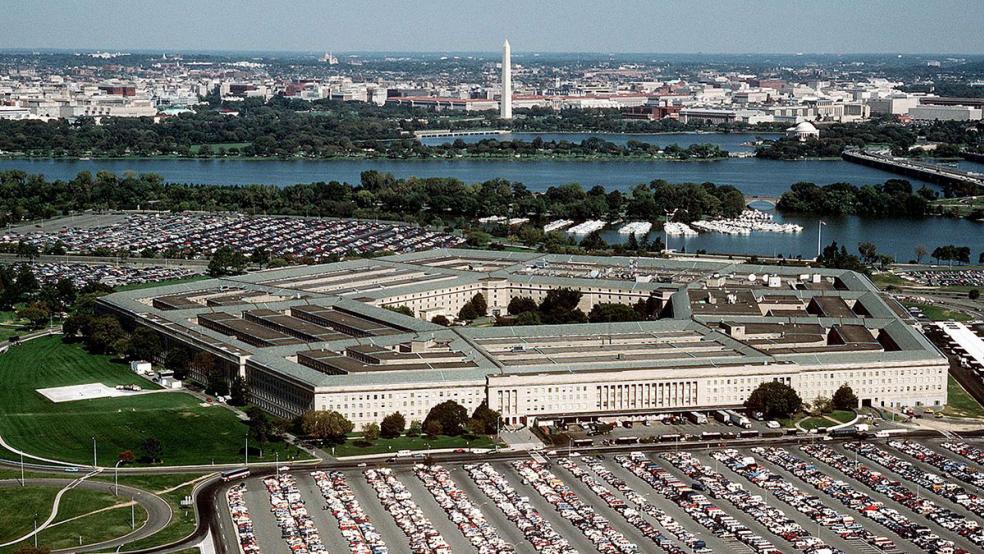In his Wednesday morning tweet-storm announcing that transgender people would no longer be allowed to serve in the military, President Trump said the move stemmed from the “tremendous medical costs and disruption that transgender in the military would entail.”
However, an analysis by the Rand Corporation last year found that the costs of allowing transgender people to serve in the military would have a “minimal impact” on the budget, amounting to $2.4 million to $8.4 million each year, or 0.04 percent to 0.13 percent of the military health care budget. That’s little more than a rounding error when compared to the total U.S. military budget of roughly $700 billion.
Related: The Pentagon Skips Out on a $10 Billion Debt
Rand estimates that there are 2,500 transgender people currently on active duty in the military, and about 1,500 in the reserves. It estimates that 29 to 129 service members might seek transition-related care, which could leave them unable to deploy immediately.
Last month, Defense Secretary Jim Mattis ordered a six-month delay to an Obama policy that would have allowed transgender people to enlist. Conservatives largely opposed that policy. Eighteen countries currently allow transgender people to serve in their militaries.
Transgender rights have been a contentious issue in recent years as states debate so-called “bathroom bills,” which require people to use the restroom that matches the gender designated on their birth certificate. The Trump administration has reversed an Obama administration policy that mandated schools allow students to use bathrooms of their choice.





